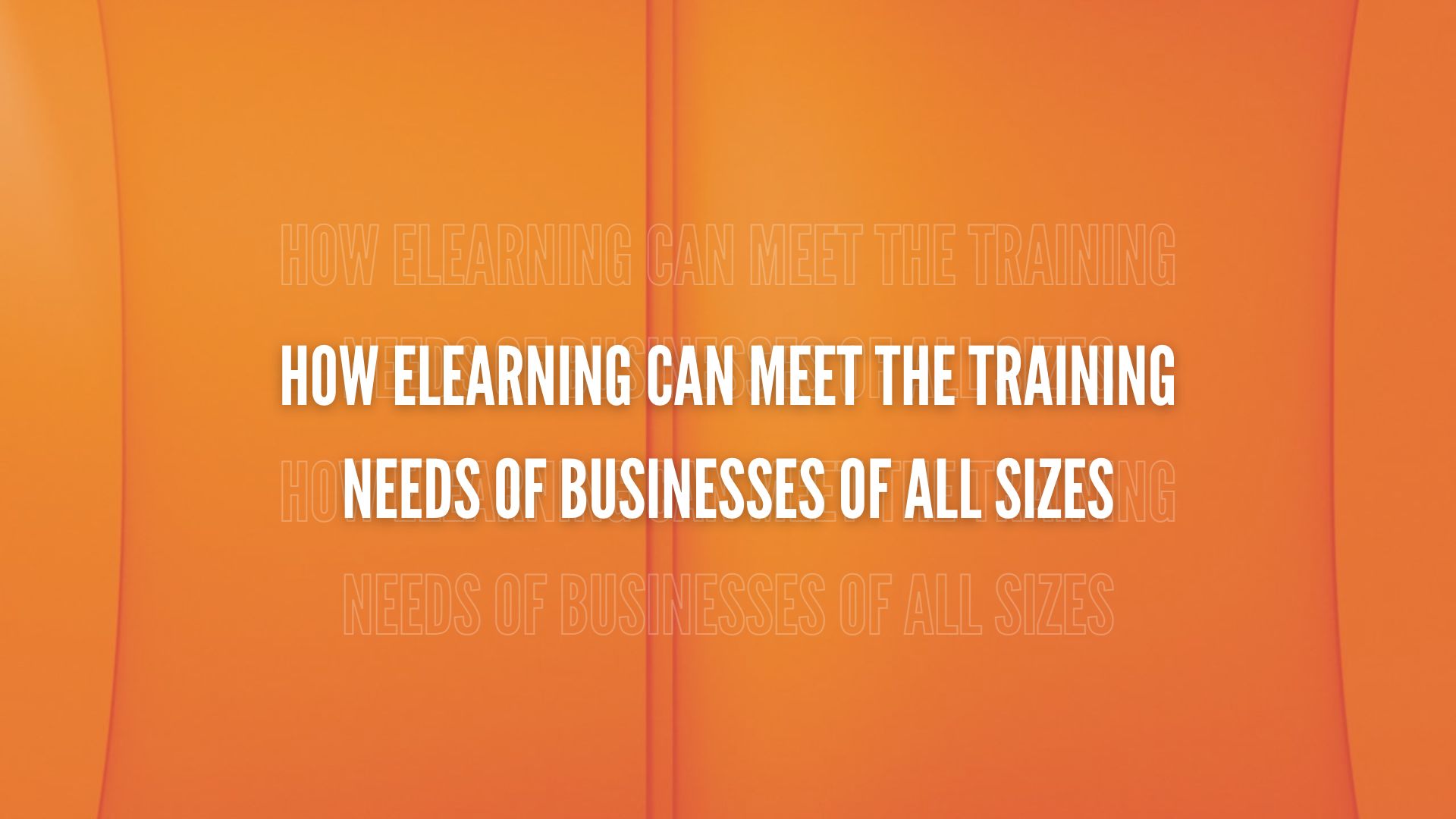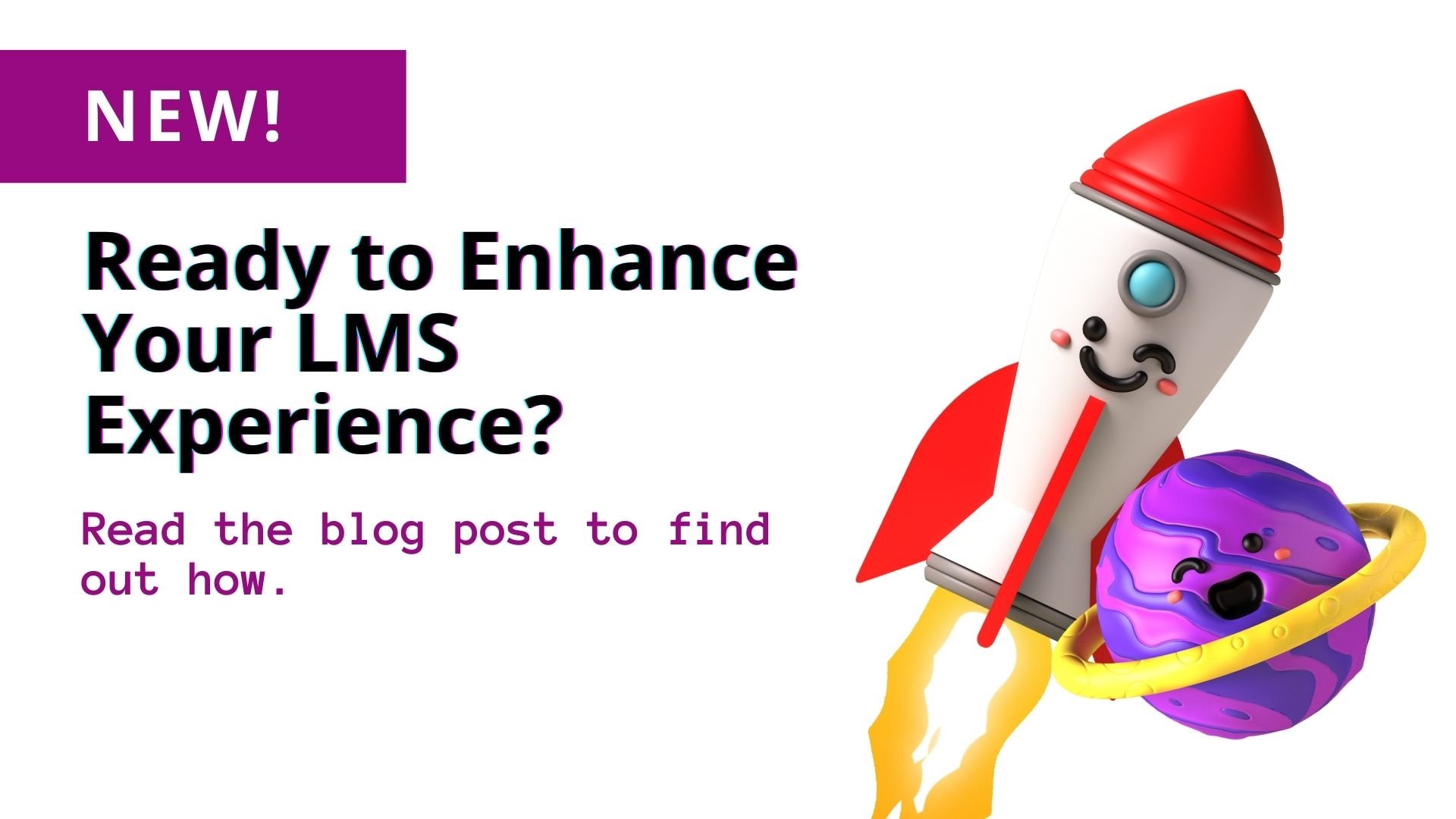Are you familiar with the three learning styles (visual, kinesthetic, and auditory)? If not, here’s a quick primer:
- Visual learners comprehend concepts best by seeing them
- Kinesthetic learners must physically touch and interact with the theories being explained to them in order to understand them
- Auditory learners learn best by hearing information
For years, these three types of learning styles have been accepted as the trifecta of information retention. While people have their preferences, teaching a topic in a way that utilizes all of these elements can help learners grasp new concepts readily.
What is your preferred learning style? More importantly, what are your employees’ preferred styles of learning? Theoretically, if employee training does not cater specifically to each of these three learning styles, many employees will not retain the information necessary for workplace success.
When employees’ learning styles aren’t taken into consideration when training is created, organizations may not receive a good ROI for their training expenditures. Also, workers won’t gain the skills they need to perform well in their jobs. For this reason, learning styles are directly connected to productivity and to a worker’s performance in employee training.
“When employees are trying to learn a new task, mismatches with various methods of training and development and learning styles are discouraging,” an article by Seismic explained.1 “As a manager, you may misattribute an employee’s failure to effectively learn a new piece of information to a lack of motivation, rather than a mismatch in training delivery methods or styles. Avoiding many of these problems starts by tailoring training programs to the needs of individual employees from the get-go.”
Thankfully, it is easy to meet the needs of employees’ individual learning styles by designing personalized training programs. Step one is identifying the learning styles of your workers.
Fun fact: 77% of L&D pros believe personalized learning is essential to employee engagement2
Two Steps to Identifying the Learning Styles of an Entire Workforce
Pinpointing the learning styles of your employees is worthwhile since it will arm your L&D team with the information needed to create personalized employee training plans that get better results. Determining the learning styles of an entire workforce may sound daunting, but it doesn’t have to be. Organizational leaders can discover the learning styles of workers by:
- Having all workers take a personality test or a strengths test
- Issuing a survey that asks targeted questions about learning styles to all workers
These two simple steps will give administrators insight into employees’ learning styles.
These aren’t the only ways to find out what your workers’ learning styles are. A more time-consuming method is to observe how employees learn. It will become clear to you who fares better with visual learning resources like videos, auditory learning resources like podcasts, and kinesthetic learning resources like real-time job aids that can be accessed via mobile device and used on the job.
The Business Journals said visual learners want to see pictures and prefer text that is colored, auditory learners like talking and listening as they learn, and kinesthetic learners will remain engaged as they are learning new skills.3 When you see these qualities in individual learners, you will easily be able to categorize them.
An article by Insperity said, “You can detect someone’s learning style, usually from direct observation. Notice the types of questions someone will ask: Visual learners typically ask, ‘Can you demonstrate that for me?’ Auditory learners will ask, ‘Can you tell me?’.... Kinesthetic learners will tell you, ‘Can I try it myself?’”4
Through surveys, personality tests, and observation, you can determine your employees’ learning styles and personalize their training content accordingly.
Why Online Learning Meets the Needs of All Learners
Trying to personalize training content to meet the needs of the three traditional styles of learning can be a huge task for your L&D department. Online learning makes it easier. How? By enabling individuals of any learning style to retain information.
A learning management system (LMS) accomplishes this by making several forms of learning possible: social learning, independent learning, informal learning, and formal learning. When you look at the breakdown of each of the four online learning elements and pair each element with LMS tools, it becomes obvious that an online learning platform can help you cater to your employees’ learning styles quickly and simply.
Informal social learning involves teams working together to accomplish specific goals. The Strategic HCM Blog stated that “reading, listening, watching, sharing, and connecting” are all part of informal learning.6
Conversely, structured social learning is exemplified in online group discussions that are moderated and guided by an instructor. The web-based conferencing and realtime chat features that are built into the majority of LMSs make it easy for structured and unstructured groups to come together in various learning environments.
Did you know that over 70% of knowledge is attained informally (i.e., on the job), per Growth Engineering?5 “70% of learning happens through on-the-job experience…20% of learning happens socially through colleagues and friends…and 10% of learning happens via formal training experiences.” This indicates that most of what we learn evolves out of life experiences. But this doesn’t mean formal learning isn’t also important.
The good thing about formal learning is its tendency to motivate individuals to pursue additional, non-mandatory avenues of study. A social learning management system makes it possible for individuals to learn both formally and informally, and in structured as well as self-paced ways.
Use an LMS to Personalize Corporate Training Content
A learning management system like TOPYX LMS offers features that enable organizations to effectively personalize training content for visual, auditory, and kinesthetic learners. Here are a few examples of these features:
- Personalized learning paths - With online learning path functionality in TOPYX, administrators can create a sequential order of delivery for courses and materials. The course/material sequence can also be allocated to select users or user groups. Eligibility requirements can be set for more advanced courses, and these courses become available only after users finish previous courses or materials. Users can only access content assigned to their online learning path. This means administrators can easily personalize an employee’s training journey.
- Mobile learning - Mobile learning puts video, audio, and real-time job aids right at an employee’s fingertips, depending on their learning needs. Moreover, it promotes greater accessibility for all users, making learning paths accessible from anywhere and giving users the flexibility to learn at their own pace and on their schedule. Mobile learning can lower the cost of training for companies since most employees already own smartphones or tablets. It also provides flexibility and freedom outside of office hours, giving employees the ability to increase productivity in other areas of their work.
- Social learning - LMS social learning features tools like forums and social learning communities, real-time chat, webinar technology, and more. These tools promote a personalized training experience. For example, administrators can assign specific learners to certain social learning communities, depending upon their learning needs. Social learning also fosters accelerated content curation and knowledge sharing, enhances productivity for remote teams, and promotes ongoing support for both instructors and learners.
An LMS can also be used by administrators to curate an employee’s training suggestions based on courses individual learners have taken in the past, as well as their preferences.
“To achieve (a Netflix-like) effect with online training without deploying a full blown personalization solution, you can simulate a personalization engine by manually combing and interpreting the data from your learning management system (LMS) reports and making recommendations to your learning stakeholders,” stated an article by Learn.7
A learning management system helps organizations create, deliver, track, and report on employee training that better meets the needs of individual learners. Request a free LMS demo of TOPYX to find out how it can help you improve and personalize employee training.
Want more information about how to personalize your workers’ training content? Check out 3 Ways to Personalize Corporate Training with LMS Software.
References:
1) Seismic. https://seismic.com/blog/learning-your-team-identifying-learning-styles-for-better-training/.
2) Continu. https://www.continu.com/blog/personalize-training-according-employee-learning-styles.
3) The Business Journals. https://www.bizjournals.com/bizjournals/how-to/human-resources/2014/02/training-how-to-know-learning-style.html.
4) Insperity. https://www.insperity.com/blog/learning-styles-in-the-workplace/.
5) Growth Engineering. https://www.growthengineering.co.uk/70-20-10-model/#:~:text=It%20tells%20us%20about%20the,socially%20through%20colleagues%20and%20friends.
6) Strategic HCM Blog. http://strategic-hcm.blogspot.com/2011/12/integrating-formal-informal-and-social.html.
7) Learn. https://learn.trakstar.com/blog/use-your-lms-to-get-personal-with-your-learners.





